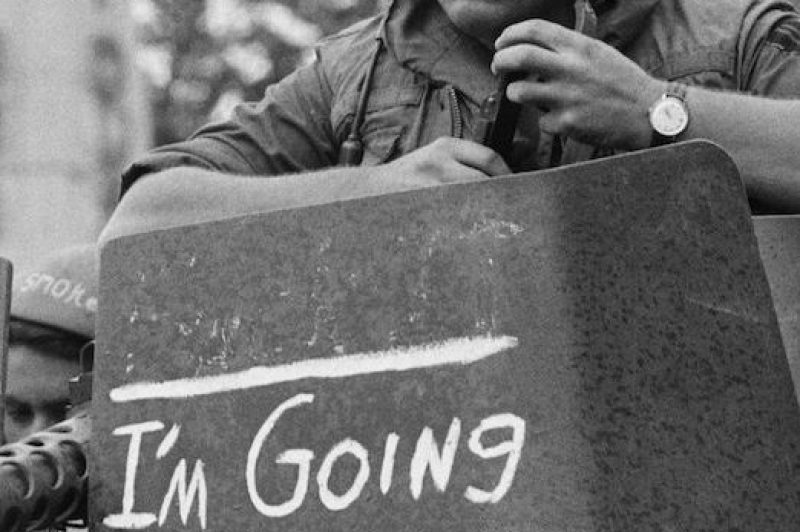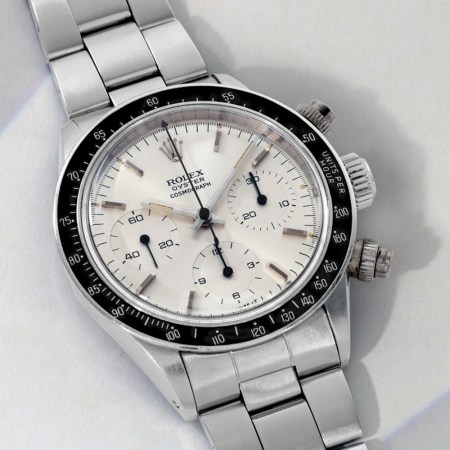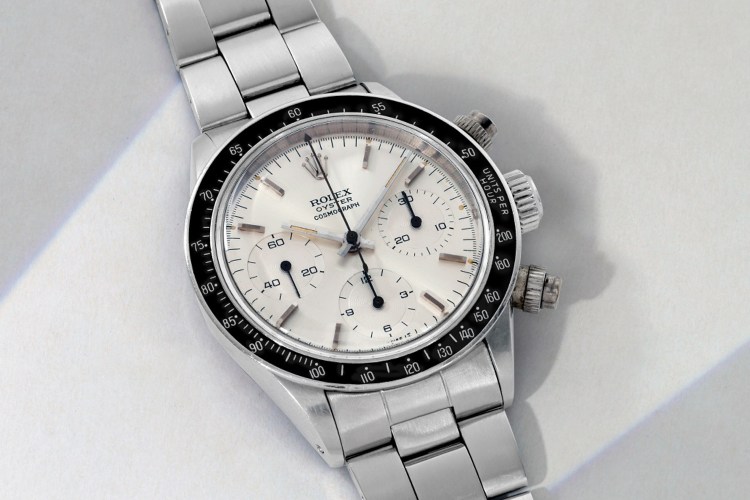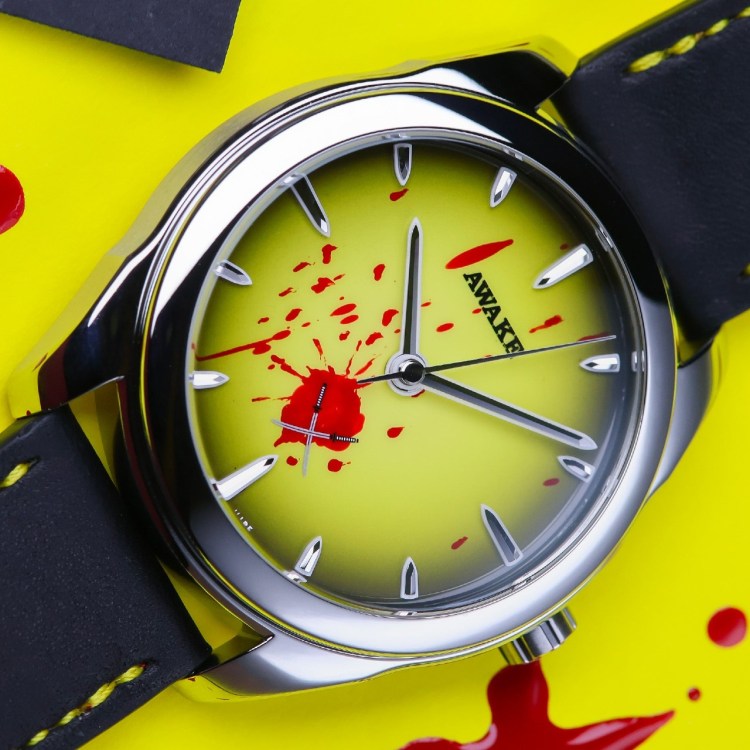
On March 29, 1973, the U.S. completed its withdrawal of combat troops from Vietnam. But in some ways we never fully left, as this conflict has shaped our nation ever since.
Here are several legacies that resulted from the Vietnam War:
The image of American military invulnerability was damaged. Bolstered by the victories in two World Wars, the U.S. had emerged as a dominant global superpower. Against the backdrop of the Cold War, it seemed that Western democracy would win over communism this time, too—especially considering the Viet Cong were so heavily outgunned. By the end of the Vietnam War, however, the stalemate marked the first time our country left a conflict knowing that what we’d spent years fighting to prevent was inevitable. The communists would soon have control of all of Vietnam, despite more than 58,000 deaths by members of the U.S. military. (Total casualties in Vietnam including civilians may have exceeded three million.)
Television journalists stopped marching in lockstep with the government. During World War II, the public got much of its visual impression of the war from newsreels that were edited by government censors. But by the Vietnam War, much had changed, including the proliferation of television cameras. It was hard to spin the grim imagery that was often beamed into living room TV sets. In fact, CBS News anchor Walter Cronkite helped turn the tide of public opinion towards withdrawal during his Feb. 27, 1968 on-air commentary when he said, “To say that we are closer to victory today is to believe in the face of the evidence.”
It now shapes every discussion of whether the U.S. should get involved (and how long we should stay) abroad. Scars over Vietnam have lingered, especially when political leaders have advocated bringing the U.S. into another potential international military conflict. Conservatives on the far right decry the U.S. being the world’s policeman, while doves on the left push to keep the country out of any international military entanglement. The divide in America on military involvement is so sharp that our current Republican president, Donald Trump, has made a point of repeatedly criticizing the previous Republican president, George W. Bush, on his decision to invade Iraq.
It legitimized protesting against government policy during wartime as a right. Demonstrations have a long history in American democracy, but before the Vietnam War, there was a stigma that doing so during wartime was unpatriotic. During World War II, supporting the war effort was considered every citizen’s responsibility. But during the more morally ambiguous campaign in Vietnam and Cambodia, opinions were very much divided, particularly along generational lines. The anti-war movement, emerging in an era that also inspired the civil rights and women’s movements, helped define the way many Americans, particularly on the left, defy government policies they don’t support—whether the U.S. is at war or at peace.
War movies shifted from inspiring to nightmarish. Films about war have always been a Hollywood staple. The very first Academy Awards Best Picture was Wings, a silent about World War I released in 1927. And it wasn’t that cinema failed to reflect how brutal combat can be: 1930’s All Quiet on the Western Front has certainly stood the test of time. (87 years later, it scores a perfect 100% on Rotten Tomatoes.) But films such as 1979’s Apocalypse Now showed Vietnam to be a surreal experience, like a fever dream more than a traditional narrative about warfare. That trend continued for the portrayal of Vietnam (1986’s Platoon and 1987’s Full Metal Jacket) and spread to the on-screen interpretation of other wars (1998’s Saving Private Ryan and The Thin Red Line). War movies in turn have molded how Americans now view war, including the recruits who go off to fight. (In Anthony Swofford’s Jarhead, about his enlistment in the Marines at 18 and service in the first Gulf War, he recounts endlessly watching both Apocalypse Now and Full Metal Jacket to prepare himself for service.)
—Sean Cunningham and Ethan Sacks for RealClearLife
This article appeared in an InsideHook newsletter. Sign up for free to get more on travel, wellness, style, drinking, and culture.






















